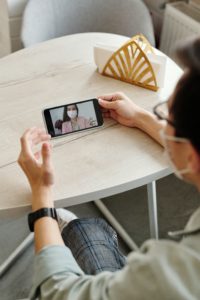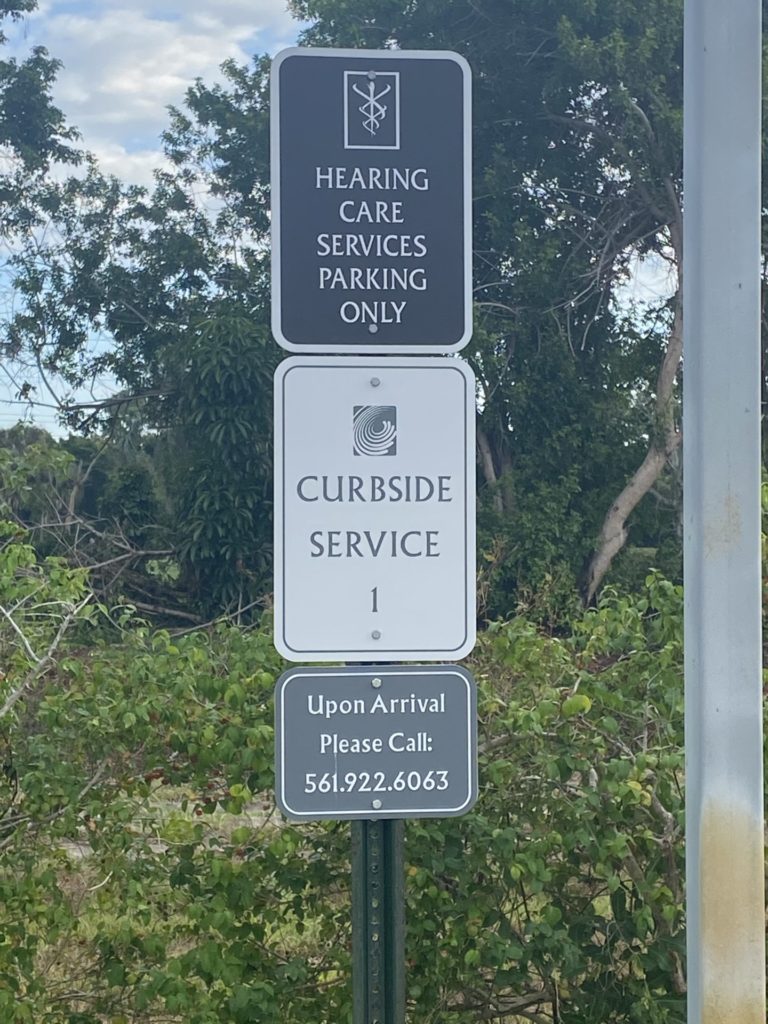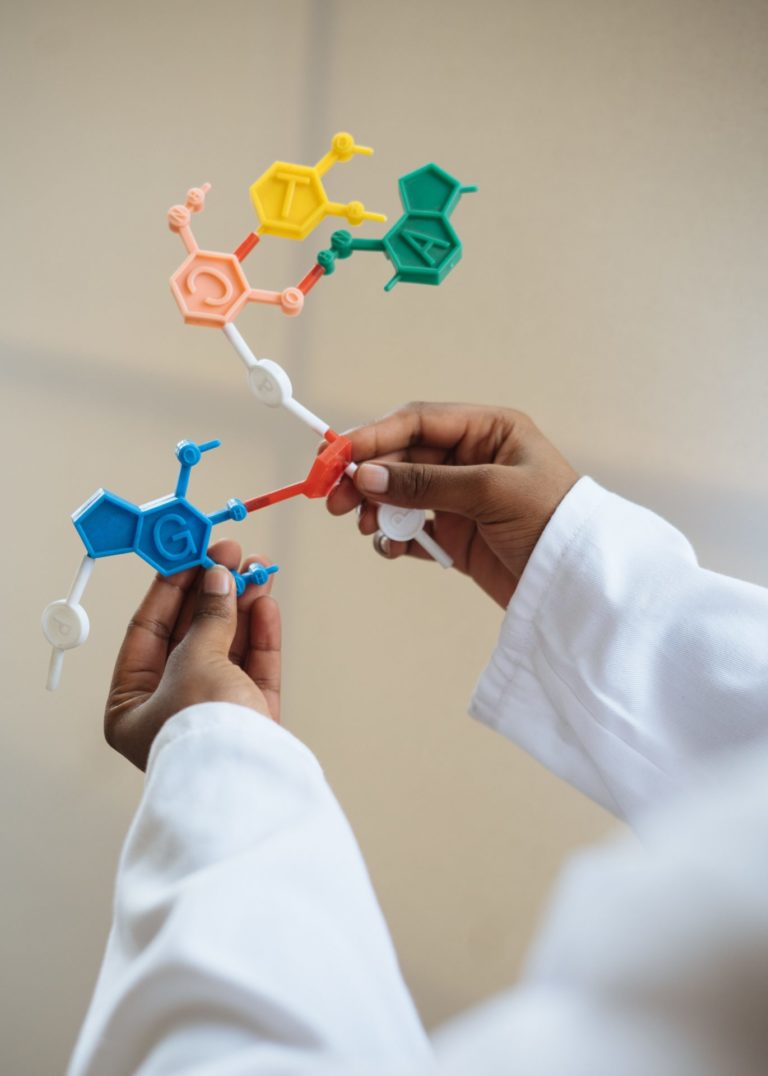What We are Learning from COVID-19
By: Patricia Ramos, AuD
In January 2021, we passed the one-year mark since the first reported case of COVID-19 in the US. There is still much unknown about how the virus impacts the health of multiple systems within the human body. Initially with COVID, the presentation of sudden onset hearing loss, tinnitus and dizziness were not associated as the acute, primary symptoms. Since then, there has been documentation that not only have patients who have presented with these symptoms tested positive for COVID-19, these were their only presenting symptoms. Ongoing retrospective and post-mortem studies promise to shed light on the systemic damage and the possible long-term impact to the hearing and balance mechanism. Additionally, there have been reports of sudden onset hearing loss, recorded outer hair cell damage, and self-reports of hearing loss and tinnitus post hospitalization. To further complicate these cases, some of the medications utilized to treat the more severe presentations are known to have an ototoxic effects.

One thing we noticed initially was how imperative it became to include COVID-19 exposure, length of infection, treatments and any on-going symptoms in our patient case history. As the year progressed, we made a number of adjustments and even added completely new processes to the clinical and operational protocols within our practice.
These are some of the more significant adjustments we have made in our clinics:
- Patient attestation of health status and questions about personal travel both domestic and internationally at the time of making the appointment
- Patient attestation of health status and temperature checks prior to checking into the office waiting room.
- Curbside check-in for those patients that are more comfortable waiting in the car until the time of the appointment or until notified by the office staff that the provider is ready to see the patient.
- Limited seating for patients inside waiting room for social distancing
- Switched patient chairs in waiting room that can hold up under the continued disinfecting process between every patient.
- Providing proper and complete PPE to protect our clinical staff based on interaction with the patient, i.e., sneeze guards on the check-in desk, KN95 masks, face guards, safety goggles, and consistent glove use for all patient contacts.
- Enhanced and created new care delivery channels to accommodate patients that were not comfortable with in-person appointments. These delivery channels allowed all patients to access care with in both the ENT and Audiology Departments while remaining aligned with state or personal social distancing guidelines. New patient care delivery channels included telemedicine, e-visits, remote programming, curbside care and phone consults.
- Digital outreach to hearing aid users for accessory offerings to assist in better communication for: (1) those who felt isolated at home and needed to more easily communicate with family, friends and medical providers and (2) patients who were in a work from home scenario and found they needed additional assistance.
- Implemented e-visit program for established audiology patients that allowed them to connect to our practice through a secure web interface to communicate the status of their medical condition to our providers. This new care channel continues to allow us to serve patients quickly and in a number of cases, without the need for an in-person appointment.
- Case history expansion and audiological monitoring plan for those with reported COVID-19 exposure and history.
- Developed clinical process to track patients for monitoring of long-term impact on auditory system post-COVID.
COVID-19 has heightened our need to have candid conversations about any weakness in the patient journey throughout our practice. It will continue to drive efforts for consistent quality improvement, the formalization of processes and to avidly work on communication gaps between providers, physicians and all staff members within a multi-specialty practice. It’s a good reminder that even the worst of experiences can often be the catalysts of innovation, improvement and betterment – and we see it every day within our teams and in our patient outcomes.
During the Florida Combined Otolaryngology Meeting in November 2020, I presented a short literature review that covered some of the COVID-19 research related hearing loss and tinnitus. You can find that video on the MedAudPro YouTube Channel HERE!
Since then, there have been additional studies published by Science Daily & Ear, Nose & Throat Journal, along with many others. These studies continue to reference acute symptoms of hearing loss and tinnitus. There have been a number of compilation articles published that provide excellent at-a-glance reviews for clinicians that need a broad understanding of what to look for but don’t have time and resources to do the research. Here is a good overview in Healthy Hearing published in December 2020.
Let us know how your clinic is managing new COVID clinical and operational practices! Join the conversation www.facebook.com/groups/medaudpro








